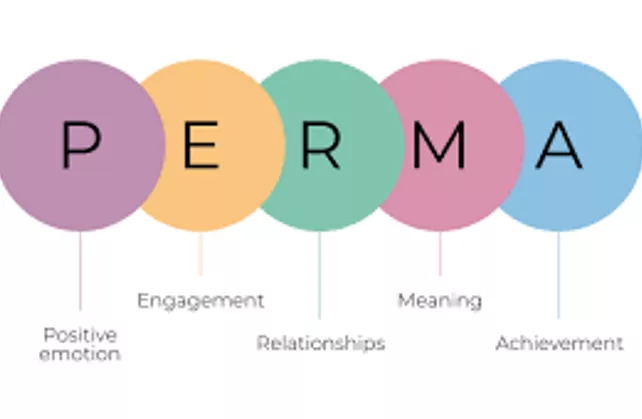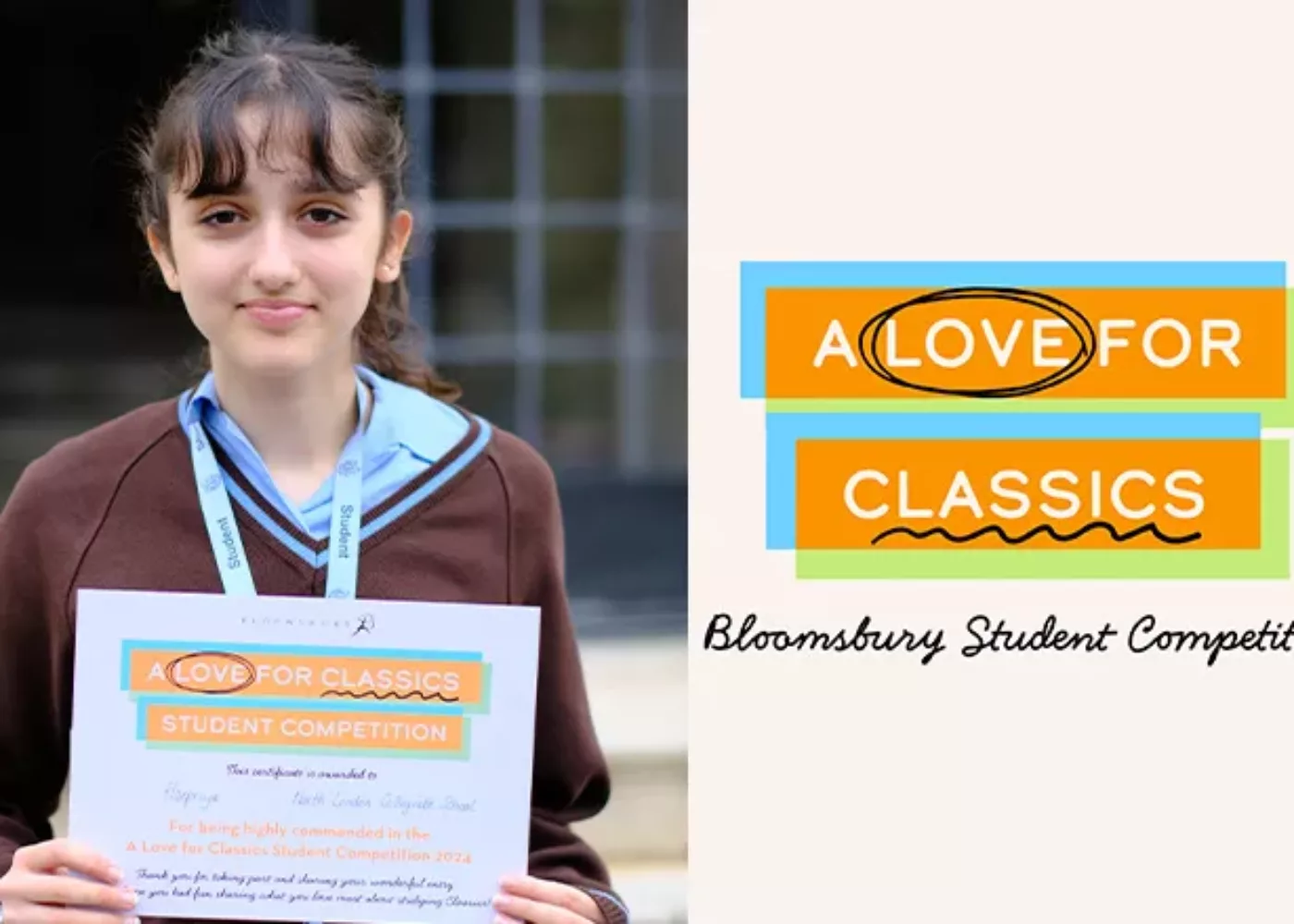Thinking
I have in recent years become particularly interested in what we can do to improve our happiness, mood, mental health and wellbeing. A few years ago, I looked into this in more depth, reading different sources, attending various conferences and talks hearing from people from Ruby Wax (an award-winning comedian who also happens to have a Master’s Degree from Oxford University in Mindfulness-based cognitive therapy), to Buddhist monks, psychologists, neuroscientists and professors from the London School of Economics talk on the subject of human happiness and flourishing.
Before looking at what we could do to improve our mental health, happiness and wellbeing I thought it was important to understand what these were and explore how they were defined. I ended up going down a metaphorical rabbit warren in my quest. What is wellbeing anyway?
I had what I thought was an understanding but the more people I talked to and the more I read, the definitions varied hugely.
The renowned American psychologist Martin Seligman used to write about “Authentic Happiness” (he wanted to call the book of the same name “Positive Psychology”, but the publishers thought a book with happiness in the title would sell more copies), explaining that happiness could be analysed into three different elements that we choose for their own sakes; positive emotion, engagement and meaning. Each of these is better defined and more measurable than happiness. Indeed, some people prefer to talk about happiness being moments of joy to be savoured rather than a state of being to be desired.
Positive emotions might be pleasure, warmth, comfort, amusement and so on.
Engagement isn’t so much about interest, although that is part of it, it is more about flow, those moments when you are completely in the moment; being at one with the music, time stopping, playing in a match, and losing self-consciousness during an absorbing activity. If you ask people who are in this state of flow what they are feeling they will often say “nothing”. Seligman believes that the concentrated attention and focus that this state of flow requires uses up all the cognitive and emotional resources that make up our thoughts and feelings. I wonder if perhaps you could bring to mind a time when you experienced this state of flow.
And then meaning, something human beings have longed for, philosophised on, and pondered for millennia. It is not just about faith or spirituality (though of course, these can be important elements for people). The meaningful life consists of belonging to and serving or contributing to something that you believe is bigger than the self, and we have created in our societies lots of institutions for this meaning and belonging; religion, political parties, schools, being part of a movement such as being green, the guides or scouts, family, community groups.
Like all good scientists, Seligman questioned his own theory and revisited it, starting to recognise flaws in his original theory of ‘Authentic Happiness’, the most fundamental being that happiness is inextricably associated with being in a cheerful mood. Neither engagement nor meaning particularly refers to how we feel. Positive psychology was disproportionately linked to mood, and positive mood to be more precise.
And so, a “Theory of Wellbeing” was born. He talked about wellbeing as a construct, rather than a thing. Happiness is a thing. Wellbeing is more of a notion like freedom or the weather. Several elements or things go into building that construct. If anyone has woken in the night by some particularly spectacular weather you will have heard and perhaps seen those different elements at play, lightning, rain, thunder, and wind. And so, Seligman’s theory was developed and PERMA was born. (The PERMA model of wellbeing outlines five key pillars for flourishing and thriving at work and beyond: Positive emotions, Engagement, Relationships, Meaning, Accomplishment.) On adding “positive relationships” to the elements that build positive wellbeing, Seligman states: “Other people are the best antidote to the downs of life and the single most reliable up” adding “We scientists have found that doing an act of kindness produces the single most reliable momentary increase in wellbeing of any exercise we have tested.” So go out and be kind and see how it makes you feel!

Arthur C. Brooks is a professor at Harvard University who, as a social scientist, has explored and taught about happiness for years. With similarities to Seligman’s work, he believes the pillars of happiness are family, friends, work, and faith (not necessarily in religion, this could be faith in nature, an acknowledgement that we are part of something bigger than ourselves/of a wider system) and that the “macronutrients” are enjoyment, satisfaction and purpose. He is co-author of the recently published “Build the Life you Want: The Art and Science of Getting Happier”, written with the somewhat more famous US presenter Oprah Winfrey. It is aimed at people who may have a good life “on paper” yet aren’t as happy as they’d like to be. As a newspaper review of the book highlighted at the weekend, recent data from the Office for National Statistics showed just 23% of Britons reported their life satisfaction as “very high” in the last few months of last year, down from an average of 30% in 2019. Brooks believes the perfect storm of social media and the pandemic has fuelled a dearth of happiness in the developed world; calling social media the “junk food” of human interaction, depriving us of the “nutrients” we get from eye contact, in-person connection and touch, namely the bonding neuropeptide oxytocin. Human connections got pulled apart in the pandemic, he says, and we are still rebuilding and re-establishing relationships. He makes it clear that unmitigated happiness is impossible, no matter what your disposition, level of optimism or glass-half-full attitude. “Happiness is a direction, not a destination”.
One thing I particularly liked about some of his words in the article was the clear message of hopefulness. “No matter where each of us is in life, we can still be happier, and then happier, and then happier still”. (The term “happierness” was coined by Oprah). So back to those macronutrients… enjoyment takes that most basic desire for pleasure which can often be fleeting, solitary and unfulfilling and adds community and consciousness or awareness (perhaps compare fast food eaten in a few moments to a meal of a few courses shared with friends and the memories created by that). Satisfaction is the accomplishment of a goal (however small), and purpose also has that sense of direction. One aspect I really tuned into was that happiness is not the absence of unhappiness – the secret to a good life is accepting that both can coexist. Paradoxically people who go through life trying not to be unhappy end up avoiding their own potential happiness by avoiding their unhappiness.
“Negative emotions keep us thriving”, he writes. Wow, ponder that for a moment.
The key is learning our own healthy ways to manage our negative emotions successfully. That might be replacing resentment with gratitude. I think back to a time some years ago when a childhood friend posted on social media a series of photos of her wedding day. We had lost that connection that bonded us when we were younger and seeing a picture of her on her special day and not even knowing she was planning it, let alone being invited, made me feel resentment, disappointment, and a kind of loss but I now look back with fondness and gratitude that I had the friendship at all in the first place. She had moved away; I had made other friends in a different place and sphere of work and leisure. We had quite simply grown out of the relationship. That doesn’t take away the fond memories and shared experiences of our youth. This all means recognising and rationalising our thoughts and emotions in our brain’s logical pre-frontal cortex (sometimes known as the PFC, it could be a location at NLCS!) rather than reacting to them thanks to our impulsive limbic area, such as the amygdala.
Brooks describes this as metacognition, a word I love as a linguist and as a mindfulness practitioner. Meta (not the Facebook variety!) but from the Greek “after”, “beyond” in the sense of wider meaning, and cognition is our thought process, so metacognition is basically “thinking about thinking”. Quite different to overthinking which I could do a whole different assembly on. Oprah Winfrey puts it more succinctly when she says, “Feel the feel, then take the wheel”, giving the analogy of being in control (something we all find comforting) and the idea that we can influence the direction, speed and intensity of our thoughts and emotions. Like anything, it takes practice. They advocate thinking about our negative emotions as part of this process and choosing to replace them with something which serves us better. For example, resentment that we were not offered a place in a team or a promotion we wanted might be replaced by gratitude that we can still play that sport and hope that we might make the team one day, or gratitude that we have a job which hopefully still gives purpose, meaning and satisfaction.
Another aspect of the book review I read with some interest was the huge body of data which shows that focusing less on yourself and your desires will make you happier. Brooks talks about our personalities being comprised of two elements, the “I self” where we look at the world around us and our place and purpose in it, and the “me-self” which is the navel-gazing, all about me, self-absorption. Unsurprisingly it is the former that we need to feed and nurture. The latter can lead to anxiety, unhealthy comparisons, and low mood. He suggests limiting the time we spend looking in the mirror, stopping taking selfies (I wondered if I’d get a gasp at this point!) and limiting our use of social media, which acts as a kind of “virtual mirror”, because we are “fishing for what other people think of us”. He says to only use it for news or to connect with someone you might want to see in person. We know that “likes” on such platforms engage circuits of dopamine and make us anticipate a reward, like an addictive slot machine. Limiting its use to no more than an hour a day leads to “much healthier brain chemistry”.
All these ideas take practice, and they don’t recommend the sometimes trendy, celebrity idea of a 3-week silent retreat, likening it to trying to run a marathon without training, but more starting with one aspect each day for a short period. We are all a work in progress.
One thing I haven’t given much time to which I mentioned at the start is mental health. Such a broad topic perhaps deserves more time but as a MHFA (Mental Health First Aider) I feel I will simply share the definition we give in our training, and you can see the relevance to elements of what we have touched on this morning.
“Mental Health influences how we think and feel about ourselves and others and how we interpret events. It affects our capacity to learn, to communicate and to form, sustain and end relationships. It also influences our ability to cope with change, transitions, and life events.”
We will be incorporating lots of these elements of positive relationship, meaning and other “emotional nutrients and resources” in our new Cedar Space.
Thank you and have a wonderful day of metacognition.
Ms Gayle Mellor, Deputy Head: Pastoral, from her assembly to senior school students on 18 September 2023
References
The Times Weekend Supplement – 16/09/2023
Flourish by Martin Seligman


